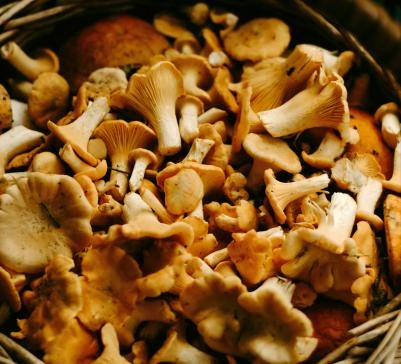Which cooking methods preserve mushroom nutrients while still making them delicious?
Mushrooms are a common dish on the table. Shiitake, enoki, button mushrooms, king oyster mushrooms, straw mushrooms, and wood ear mushrooms are all very common. Mushrooms are high in fiber and low in fat, and contain vitamins B, C, D, and E, protein, and abundant polysaccharides.
Microwaving or roasting mushrooms preserves the most nutrients.
A study conducted by the Mushroom Technological Research Center of La Rioja compared the nutritional changes of button mushrooms, shiitake mushrooms, oyster mushrooms, and king oyster mushrooms after frying, boiling, roasting, and microwaving.
The experiment found that frying, while more crispy and delicious, significantly reduces the carbohydrates, protein, and antioxidant content of the mushrooms. Boiling, on the other hand, increases the polysaccharides in the mushrooms, but significantly reduces their protein and antioxidant content. The research team noted that microwaving or grilling significantly increased polyphenol and antioxidant content.
The team also explained that the best way to preserve vitamins and nutrients in vegetables is to shorten cooking time and reduce the amount of liquid used. While frying can deplete mushroom nutrients, grilling mushrooms with a small amount of oil can increase their antioxidant content.
The researchers also noted that using olive oil increases fatty acids but does not alter the total calorie count.
For example, the popular chicken and mushroom soup is often consumed with the chicken broth, and wild mushroom risotto, which also retains the broth, is not a recipe to worry about nutrient loss.
However, deep-frying king oyster mushrooms or simply boiling them should be avoided. Microwaving or grilling them instead will maximize the nutritional value.


Leave a Reply